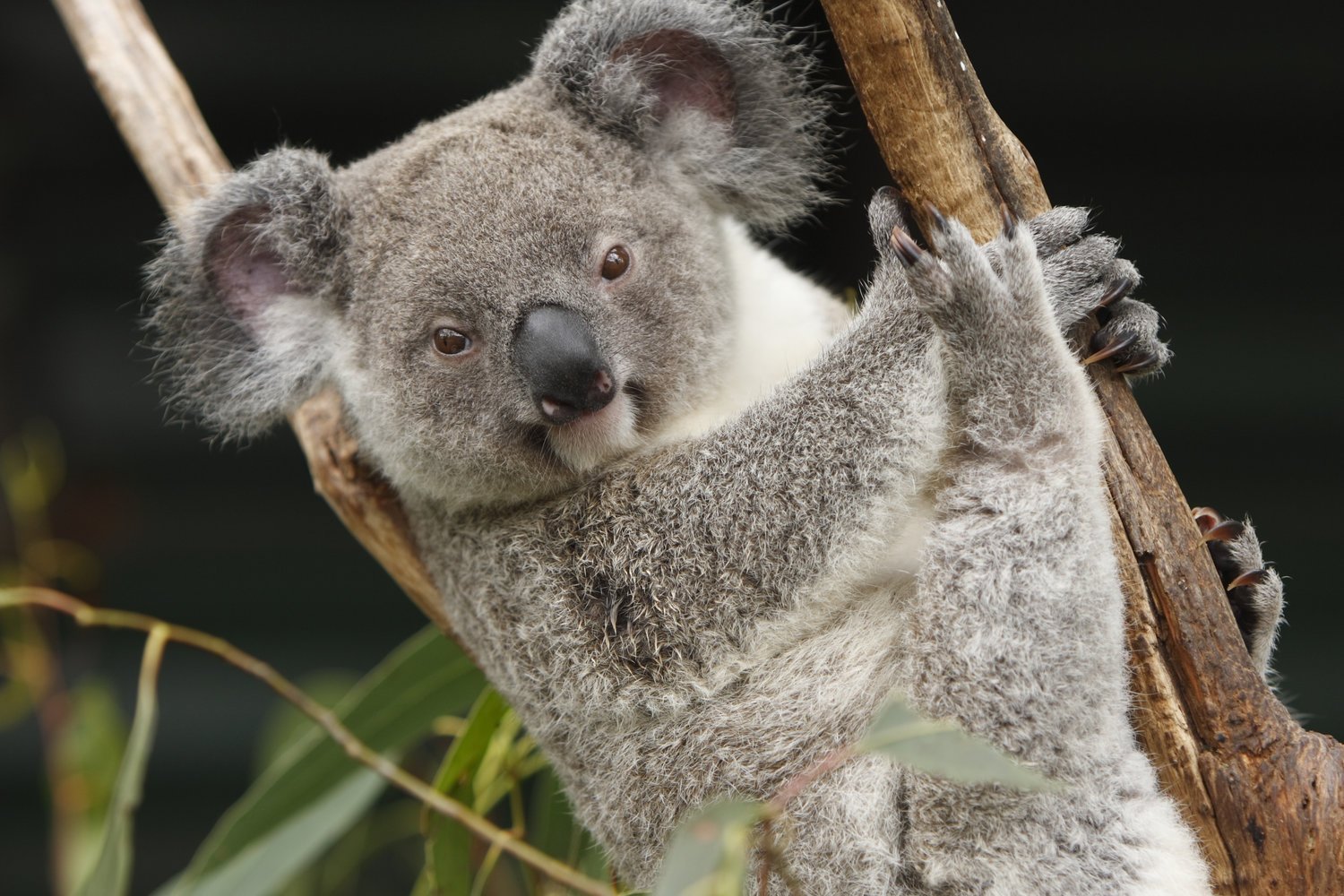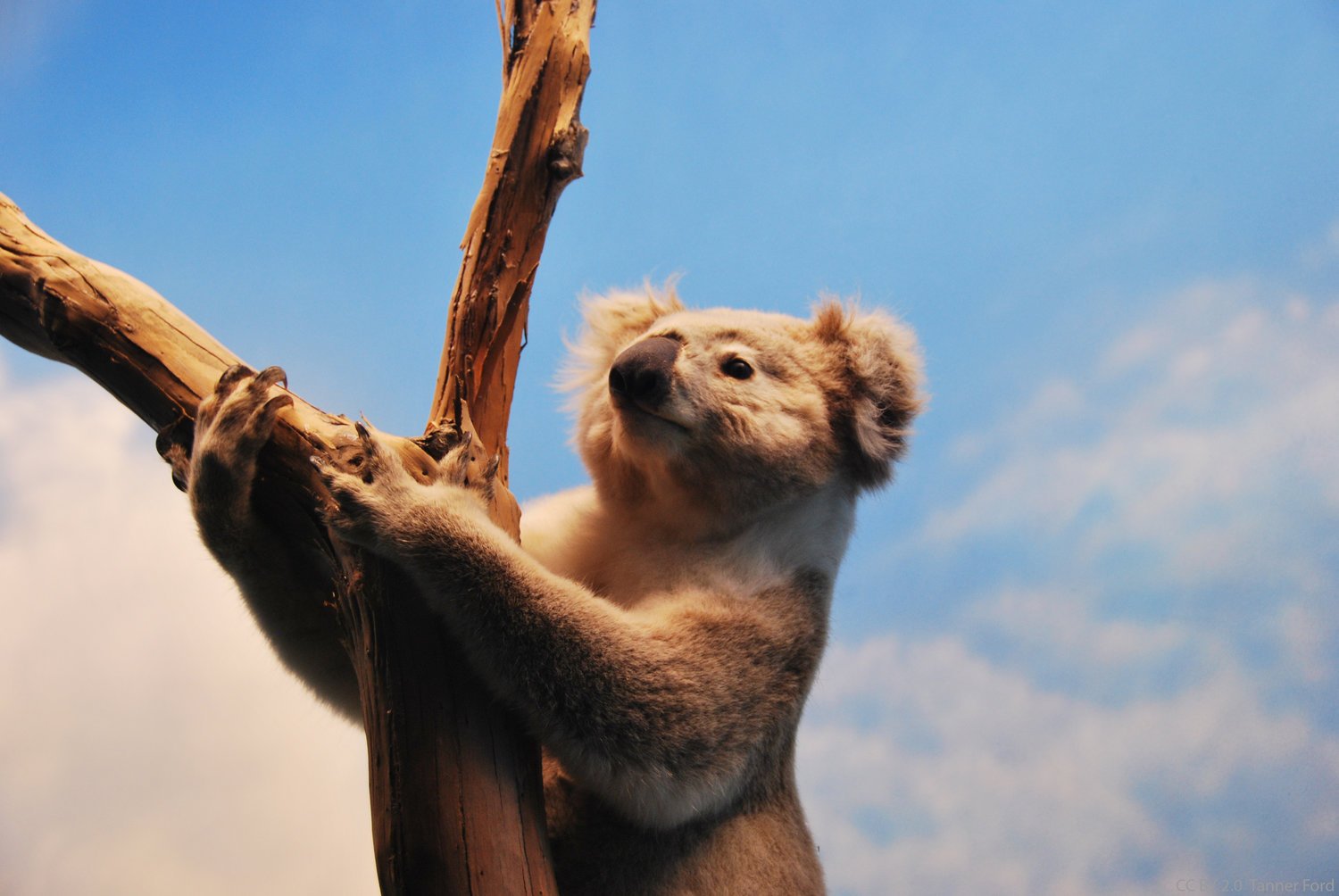
Wildlife Monitoring
The Challenge
Land-clearing, logging and housing development were leading to the destruction of koala habitats on the NSW mid- and north-coasts. The NSW Department of Industry sought novel environmental and field-based sensing techniques to more effectively monitor the populations and movements of this iconic Australian species.
The Solution
The NSSN linked researchers at the University of Sydney's Australian Centre for Field Robotics and the NSW Department of Industry to develop a technology to better understand the population and movement of koalas. Sensors that collected acoustic information inside koala habitats were run through a machine-learning algorithm to decipher characteristic sounds from the animal's calls. The project resulted in a detection accuracy 50% greater than conventional methods for monitoring population.
The pilot project also deployed novel visual sensing techniques that captured images of the unique backsides of individual koalas to provide additional population monitoring. The project utilised existing imagery and audio sensing technologies in conjunction with machine learning and computer vision techniques for data analysis.
The Result
The project resulted in improved accuracy of koala calls and reduced the number of false positives. It led to enhanced techniques for the use of smart sensing in wildlife detection, which can be deployed in a range of settings. There are future plans to work with the NSW Department of Industry and NSW Environmental Protection Authority to advance the study further by using location data to map koala populations.



